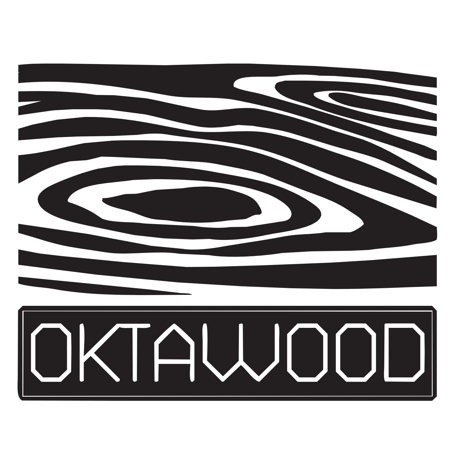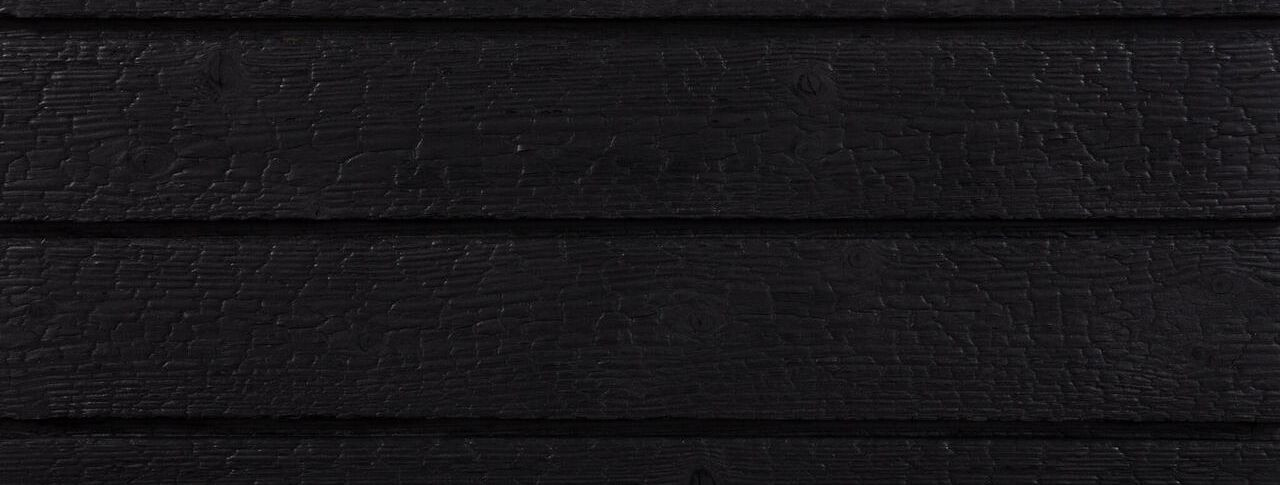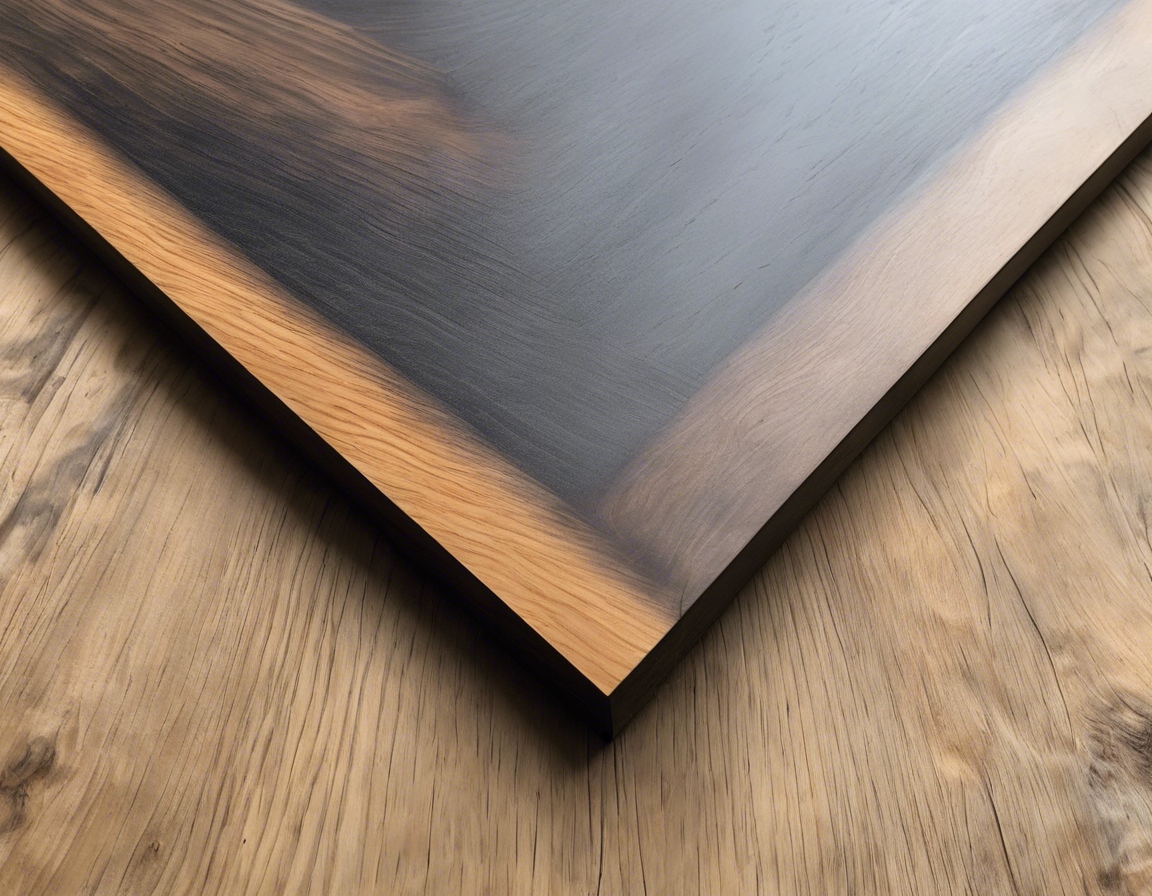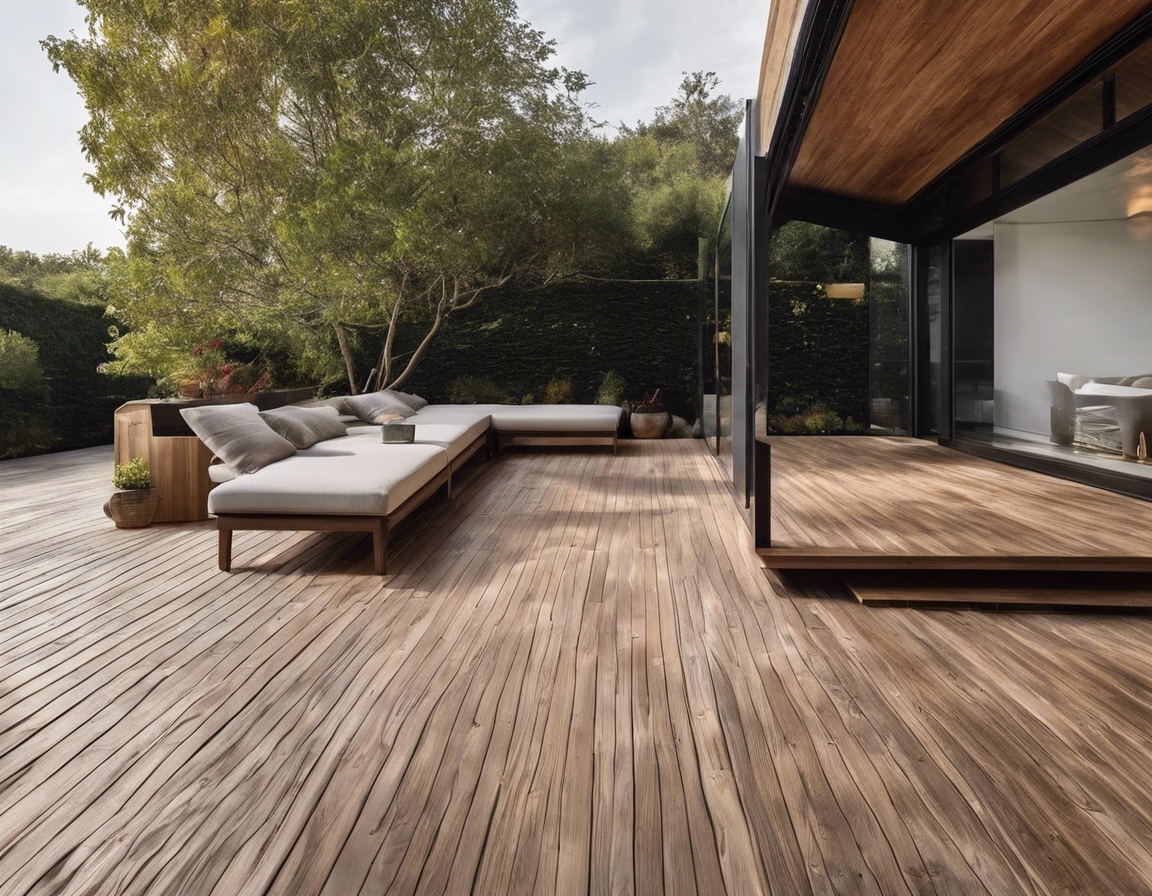Transforming spaces with burned wood aesthetics
The art of burning wood for aesthetic and functional purposes dates back centuries, with its roots in ancient Japanese carpentry. Known as Shou Sugi Ban, this technique was traditionally used to treat cedar siding to make it weather-resistant. Today, the practice has been embraced by modern architects and designers, who are drawn to its unique beauty and durability.
Burned wood carries a distinct allure that combines the charm of natural materials with a robust, edgy finish. The charred surface creates a rich, textured appearance that is both visually striking and tactile. This aesthetic is increasingly sought after by those looking to add a touch of organic sophistication to their spaces.
The Science and Process Behind Burned Wood
The process of burning wood, or pyrography, involves carefully applying flame to the surface of the wood until it chars. This not only enhances the wood's appearance but also preserves it. The charred layer acts as a protective barrier against moisture, insects, and decay.
Burned wood is renowned for its enhanced durability and low maintenance requirements. The carbonized surface is resistant to fire, rot, and pests, making it an ideal material for both indoor and outdoor applications in variable climates.
Design Possibilities with Burned Wood
Architects are finding innovative ways to integrate burned wood into contemporary designs. From accent walls to entire facades, the material offers a modern twist on traditional building techniques.
Inside the home, burned wood can be used for flooring, cabinetry, and furniture, providing a durable and unique aesthetic that stands out in any room.
For exteriors, burned wood siding and decking not only enhance the visual appeal of a building but also contribute to its longevity. In landscaping, charred wood can be used for fences, benches, and other outdoor features.
Sustainability and Environmental Impact
Burned wood is a sustainable choice for eco-conscious consumers. The treatment process requires no chemicals, and the material itself is biodegradable and sourced from renewable forests.
The long life span of burned wood products means less frequent replacement and reduced waste. This aligns with the principles of sustainable design and construction.
Customizing Burned Wood for Unique Projects
Every piece of burned wood is unique, and additional treatments can enhance or alter the wood's texture and color to suit specific design needs.
OKTAWOOD OÜ specializes in creating custom burned wood solutions tailored to the unique requirements of each project. Working closely with clients, they ensure that the final product reflects the desired aesthetic and functional qualities.






Comments (0)